England’s Historic Churches by Train
A Companion Volume to England’s Cathedrals by Train
British cities have their cathedrals and market towns their historic churches. They are often the central point, the pride of place, a point of reference, and even in a firmly secular England a source of security and comfort to many who may never darken their doors.
Another pride of Britain is her railways. There may now be reports in the news day by day of strikes, rip-off fares, and aged rolling stock but many lines still remain fundamentally the same: marvellous feats of engineering by the likes of Isambard Kingdom Brunel that opened up Britain in a way that those who lived in the stagecoach era and used to travel for days on dirty rutted tracks could never have imagined. This opening up of Britain was not only of benefit to commerce and communication, it also opened up new leisure possibilities. As the network expanded and ticket price came down, tourism blossomed and the famous Bradshaw’s Guide, first published in 1863, offered detailed travel itineraries by rail to most parts of Britain.
Murray Naylor’s book is in the grand tradition of Bradshaw. The book is divided by regional sections beginning with railway notes that give details and points of interest on the local lines followed by appraisals of the churches themselves. If there is a criticism it in lies in the fact that not that many churches are covered. For widespread scope you’d need to consult Simon Jenkins’ masterly England’s Thousand Best Churches to get truly in-depth coverage. Despite the limited scope, this is a pleasant book. It is a companion volume to a book on England’s Cathedrals (which I have not seen).
The initial section on the railways provides a route map of the journeys needed to visit each church and provide interesting local facts. The railway notes on the South West, Dorset, and Oxfordshire are particularly interesting with the first discussing how Brunel’s Great Western Railway line remains pretty much intact but how the line would need very expensive engineering work to meet future demand. This seems a daunting prospect given the many problems involving the planning of the high-speed rail link to the north. One can only hope and wait in this regard. The introduction to the Dorset section covers information about the infamous Dr. Beeching who oversaw the closure of many small branch lines in the 1960s of which only a few now remain.
The churches featured include many well- known gems such as Beverly Minster in Yorkshire, Malvern Abbey in Worcestershire, and Romsey Abbey in Hampshire as well as some old churches that readers may not be aware of such as the half-ruined Lanercost Abbey in Cumbria and Holy Trinity Church in Long Melford in Suffolk. One surprise is that no churches in Norfolk feature in the book. This is quite a surprising omission as Norfolk is well-known for its churches. Driving through Norfolk one can be surprised by beautiful churches of surprising size in remote locations. One church, the “Queen of the Marshes” Walpole St Peter, should surely have been included along with some of the more well-known Norwich Churches such as St Peter Mancroft (a city where they used to say you could get drunk in a different pub everyday and repent in a different church every Sunday: does this still hold true in this age of mass pub closures?). In all fairness, though, one could write a book alone on the churches of Norwich and there is obviously a limit to what Naylor could fit in.
However, these are rather minor criticisms. Each section on the churches covered includes well-researched information on their location, historical significance and architectural features, and they are backed up by some very fine photographs. The book is a fine volume all round, printed on high-quality glossy art paper and hardbound. I am sure it will make a fine companion volume Naylor’s book Cathedrals by Rail and be a pleasing addition to any lover of churches/general architecture or even someone who just loves Britain and its heritage. The details of both the rail lines and the churches are enough to leave you eager to make the journeys to the churches and therefore as a guidebook it serves its purpose with aplomb. I am very happy to have the book on my shelf despite some of the omissions in coverage. For the diehard church fan who wants to discover Britain’s ecclesiastical architectural heritage in-depth the Jenkins book has no comparison but I would definitely recommend taking this book along with you on your travels as well.
Copyright 2017, Matthew Bodycombe (speedreaders.info)



 RSS Feed - Comments
RSS Feed - Comments


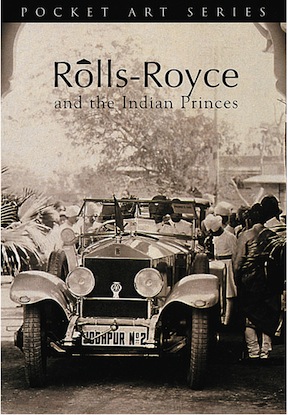
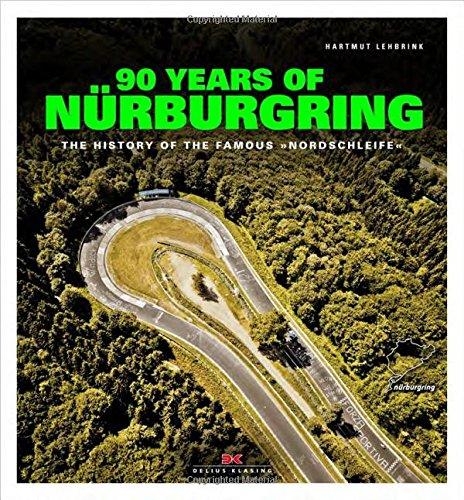





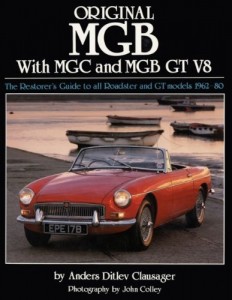
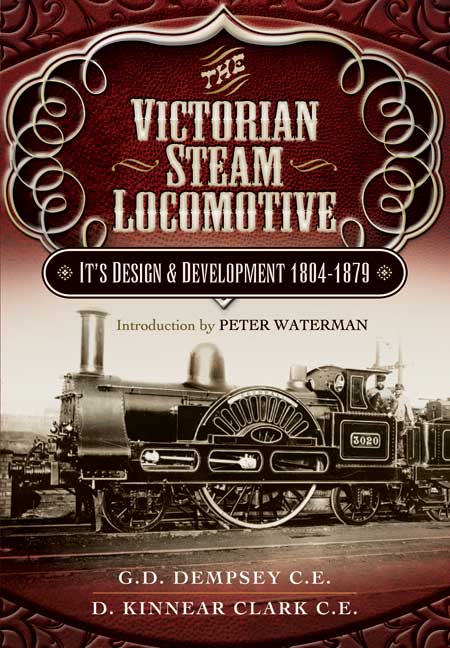



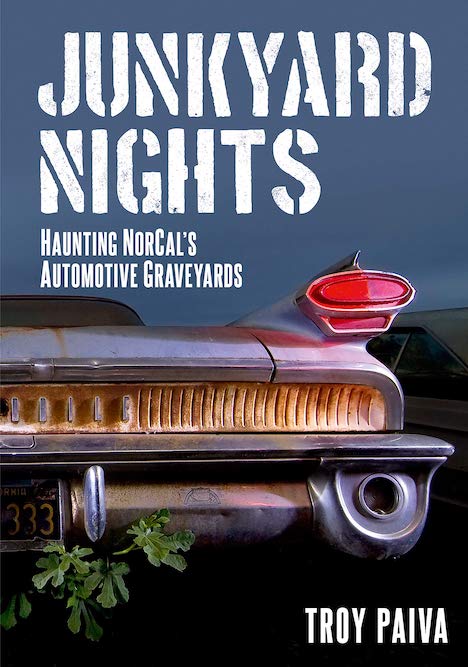




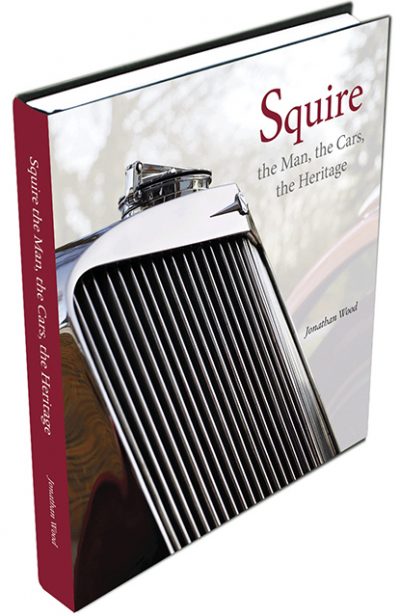


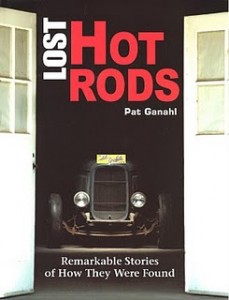





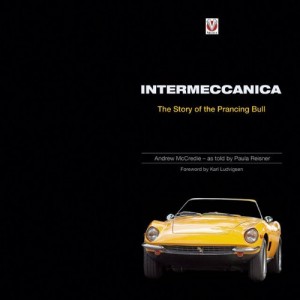


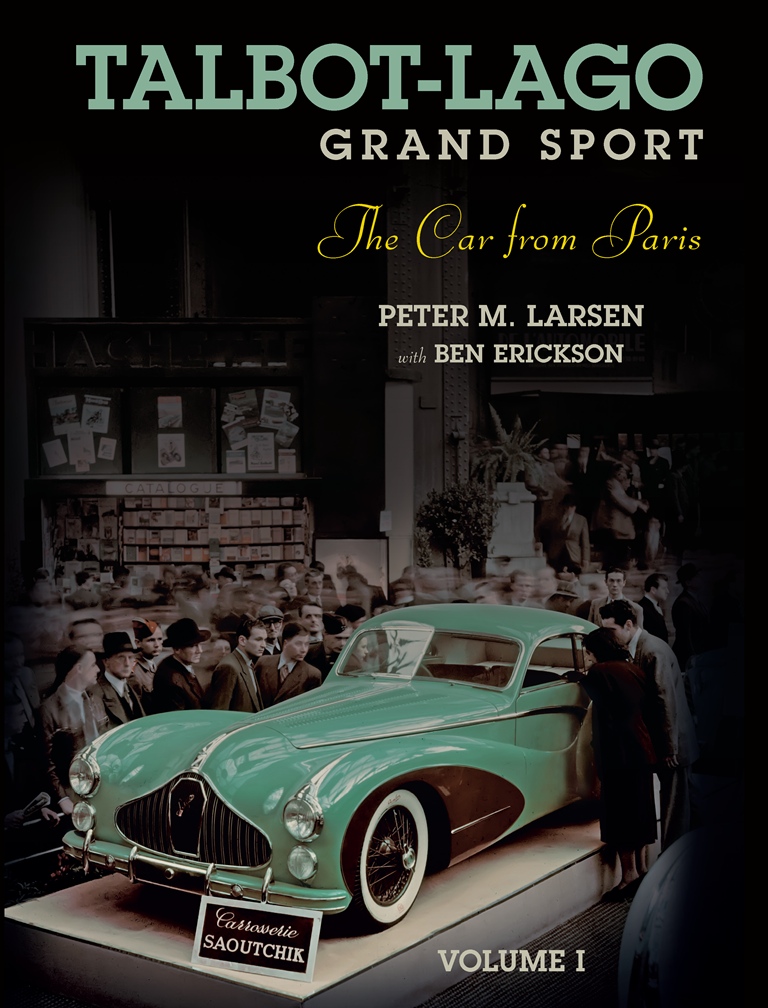


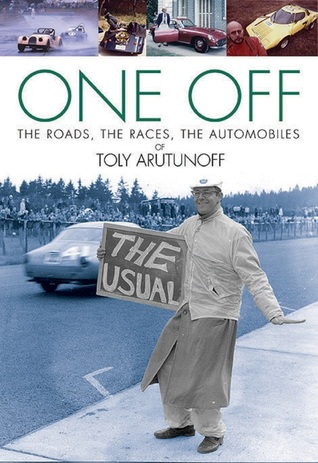




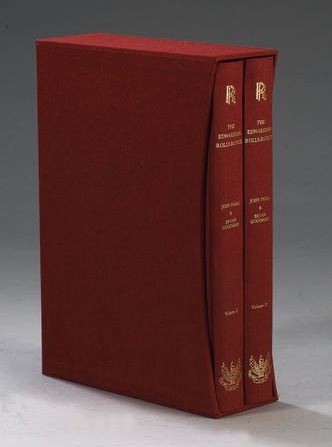



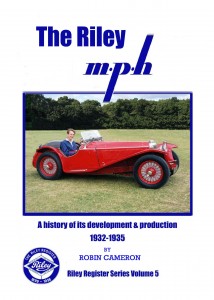
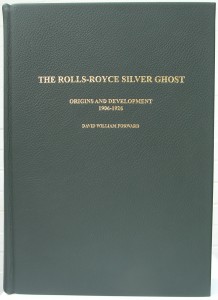
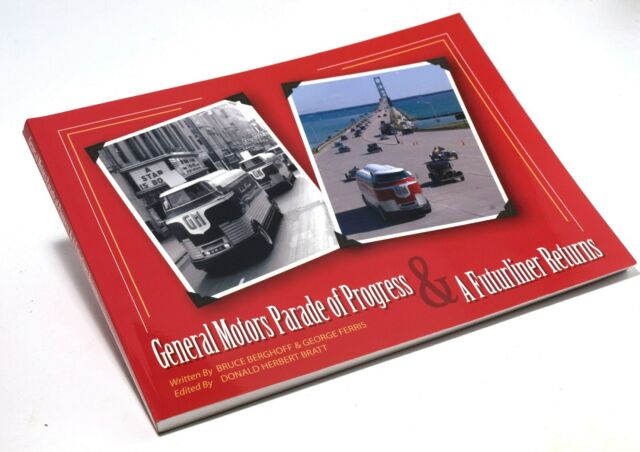
























 Phone / Mail / Email
Phone / Mail / Email RSS Feed
RSS Feed Facebook
Facebook Twitter
Twitter